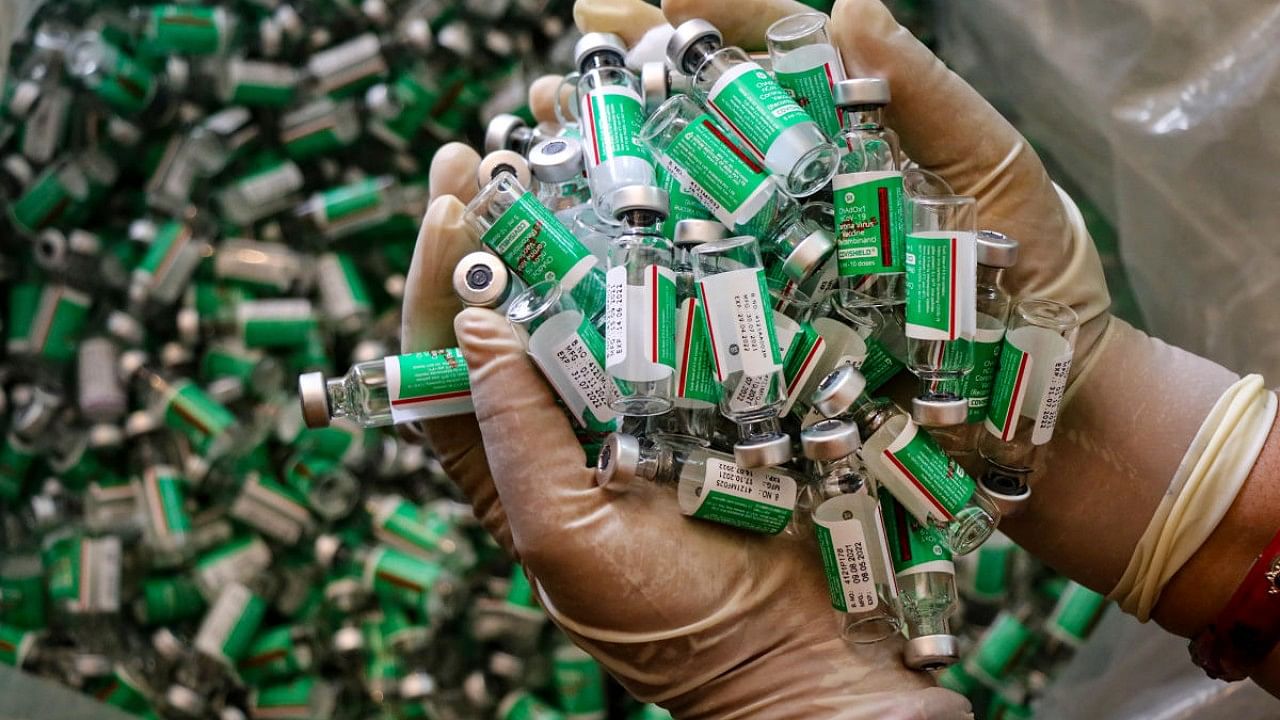
An Indian mix-and-match trial of Covid-19 vaccines has come up with a mixed bag of results as two groups of volunteers receiving two different “heterologus” vaccines led to completely opposite results.
The trial outcome has been shared with the National Technical Advisory Group on Immunisation (NTAGI) last week but is yet to be presented before the Drugs Controller General of India (DCGI).
The researchers at the Christian Medical College, Vellore who conducted the study said they would not identify the heterologous shot that gave promising results, but it would be wrong to say at this point that the mixing of vaccines didn't impart good protection.
To find out the best boosting options, the CMC team conducted the trial with four groups, each having 100 volunteers.
Two groups received three shots of Covishield and Covaxin (two primary doses and one booster) while the third group received two doses of Covishield followed by a Covaxin and the fourth team got two Covaxin jabs followed by a Covishield boost. It is the last two groups with heterologous vaccine boost that gave contrasting results.
“One heterologous group performed very well while the other one didn't. The results of the two homologous groups are equivalent. We will submit the data to the DCGI,” Winsley Ross, CMC professor and principal investigator for the study, told DH.
Depending on the trial results, the DCGI is likely to take a call on the mixing of doses for the booster shots. So far only homologous vaccines have been approved as a booster. This means those who took two primary doses of Covishield will take a precautionary dose of Covishield. The same applies to Covaxin.
India's booster uptake for the general population remains low with only three crore individuals out of 87 crore fully vaccinated ones getting the precautionary third shot.
While the entire 87 crore population may not be eligible for the booster that is to be taken nine months after the second dose, experts said paid vaccination and low-risk perception among the 18-44 years group also contribute to below par uptake of the boosters.
